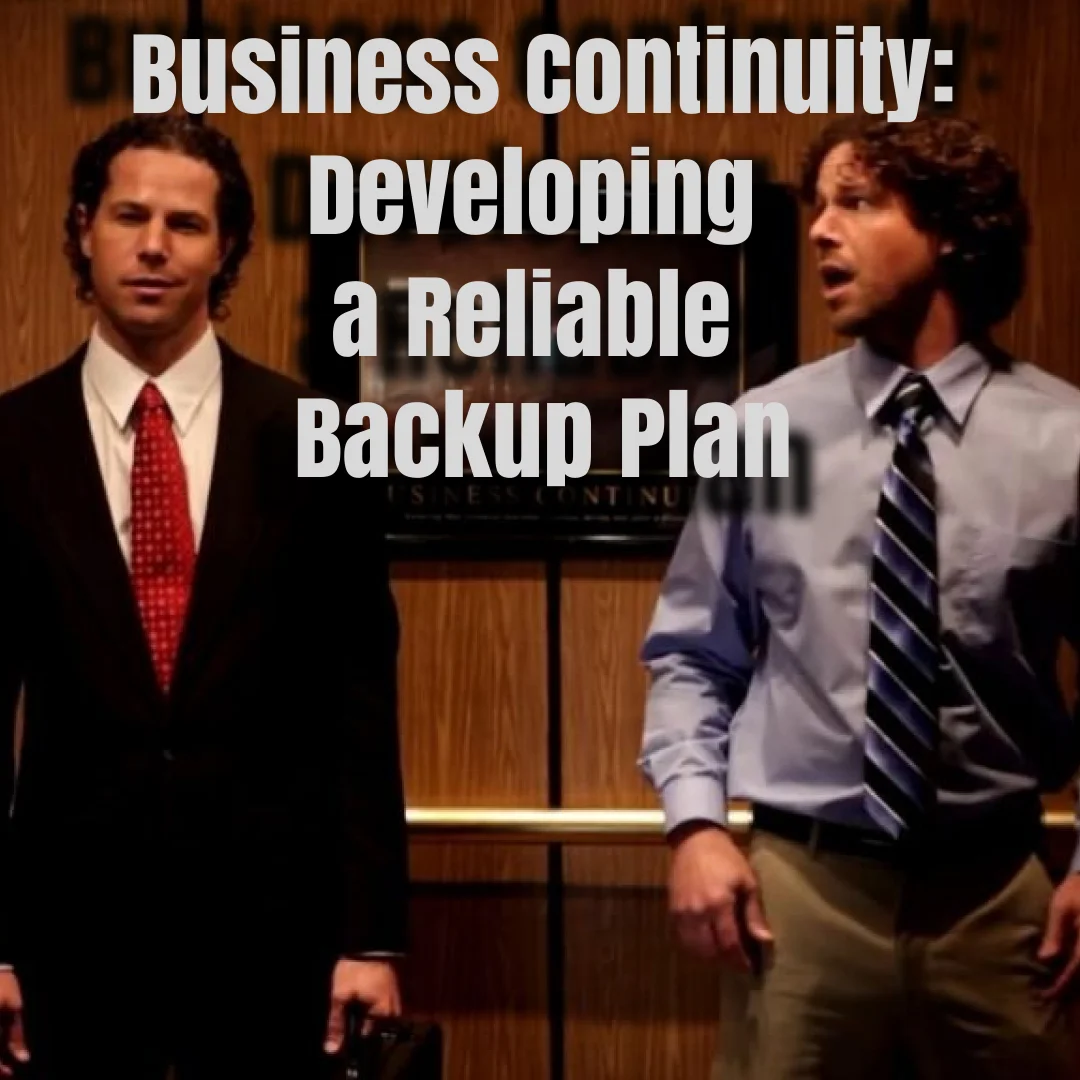What makes you think about your business continuity? In today’s fast-paced business environment, disruptions are common. Natural disasters, cyber-attacks, or unforeseen events can cause them. Organizations must have a reliable backup plan. This ensures that critical business operations can continue with minimal disruption. To be prepared, steps should be taken to safeguard against potential risks. Being proactive about mitigating potential threats is also essential. Your organization must be well-equipped to weather any storm that may come up. Business continuity is important, and practical tips can be explored to develop a comprehensive backup plan for your company.
Identifying Critical Business Functions: The First Step in Developing a Backup Plan
One of the key steps in developing a comprehensive backup plan for your company is identifying critical business functions. These are essential aspects of your operations that, if disrupted or lost, could significantly affect your bottom line and reputation.
To identify these functions, thoroughly assess your organization’s processes, dependencies, and resources. This critical step will help you determine which areas require the most attention when creating a backup strategy. Once you’ve identified crucial business functions, it’s essential to establish clear priorities for their recovery in the event of an interruption.
These priorities involve identifying alternative systems or workarounds that can be used while primary systems are restored. It can also involve regular testing of backup procedures to ensure they’re functioning as intended and able to meet recovery time objectives.
By taking the time to identify critical business functions and create a robust backup plan tailored to your organization’s unique needs, you’ll be better equipped to minimize disruptions and restore operations quickly should an unexpected event occur. With the proper planning and preparation in place, you can mitigate risks and protect your customers’ trust and your company’s bottom line over the long term.
Ready.gov – Business Continuity Training Introduction
This short video introduces viewers to the concept of business continuity planning and highlights the benefits of having a plan. source
Assessing Risk: Understanding the Potential Threats to Your Business Continuity
Assessing risk is a crucial aspect of developing an effective business continuity plan. By understanding the potential threats to your company’s operations, you can take measures to mitigate them and ensure that your critical functions remain operational in the event of any disruptions.
These risks can come from various sources, including natural disasters like floods or earthquakes, cyber-attacks aimed at stealing sensitive data or disrupting systems, or even something as simple as a power outage. Analyze your organization’s operations and identify any vulnerabilities that potential threats could target. Such analysis includes technology systems, physical infrastructure, and human resources. Once identified, strategies can be developed and implemented to minimize exposure and protect against these threats to preserve ongoing business functions.
Ultimately, assessing risk requires careful consideration of all factors relevant to the unique circumstances faced by each organization. By taking proactive steps towards identifying potential hazards and safeguarding against them through comprehensive backup planning efforts and other mitigation strategies when feasible for stakeholders’ interests – businesses can achieve greater resilience against disruptions over time, therefore continuing their success even in uncertain times.
Implementing Your Backup Plan: Tips for Executing and Testing Your Strategy
Once you’ve developed a backup plan for your business, the next crucial step is implementing and testing it.
Effective implementation requires clear communication with stakeholders about their responsibilities during an emergency. Everyone must thoroughly understand the backup system’s procedures and processes. It might be a good idea to assign specific roles or tasks to team members that they are accountable for in case of a disaster. Regularly testing your backup plan ensures its effectiveness when you need it most. You could conduct tests under different scenarios, such as power outages, natural disasters, or cyber-attack simulations. By frequently evaluating the efficacy of your recovery plan through testing, it is possible to identify potential weaknesses and refine the process accordingly. Even small changes in operations can substantially improve over time, leading to enhanced business continuity outcomes when a crisis strikes.
Effective execution and testing are critical for ensuring successful business continuity. A reliable backup strategy establishes confidence among all stakeholders; even during unforeseen events – such as natural disasters or cyber-attacks – they will maintain essential services with minimal disruption keeping businesses running smoothly through unpredictable times!



